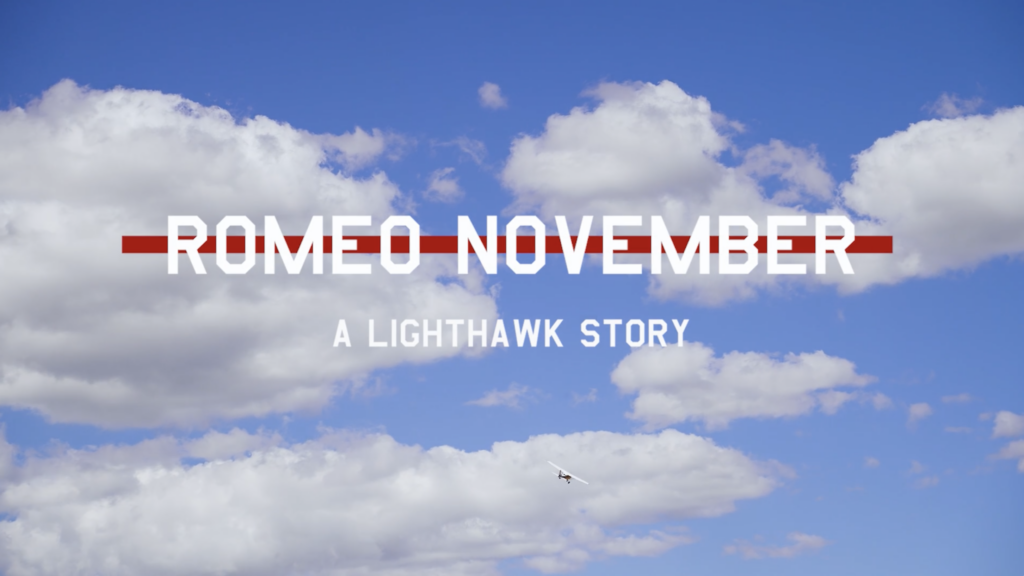Romeo November: A Lighthawk Story

The Colorado River is drying up. The lifeblood of the American southwest, providing water to 40 million people, wildlife, the region’s major cities, economies and agriculture, is experiencing record low water levels. Decades of drought, climate change, and increasing demand for water have left a river unable to meet all the needs. Lake Powell and Lake Mead are at rock bottom levels and wildfire has devastated forests across the west. The need to address these issues through collaboration and focused effort has never been greater.
Through the eyes of LightHawk volunteer pilot, Chuck Schroll, we begin our journey near Fort Collins, Colorado, where Hally Strevey of the Coalition for the Upper Poudre Watershed explains how her organization and others are confronting the challenge of healing a forest ecosystem from massive wildfire. Then we head to Price, Utah, where Jordan Nielsen of Trout Unlimited and landowner Leo Hardy show how they are working on the ground to heal a degraded stream using beaver dam analogues and other nature-based solutions. Lastly, we visit with Cochise County’s Mark Apel, who guides us across the San Pedro River watershed, illustrating strategies to recharge the regional aquifer to support healthy river flows and incredible biodiversity in this desert landscape.
One important way to address the impacts of prolonged drought is to foster natural climate change resiliency and water storage. Restoring forests damaged from wildfires helps regulate snow melt and water supply, improves water quality, and benefits wildlife and fisheries. Protecting and restoring riparian areas helps with water storage and retention and aquifer recharge, and provides important wildlife and fish habitat.
